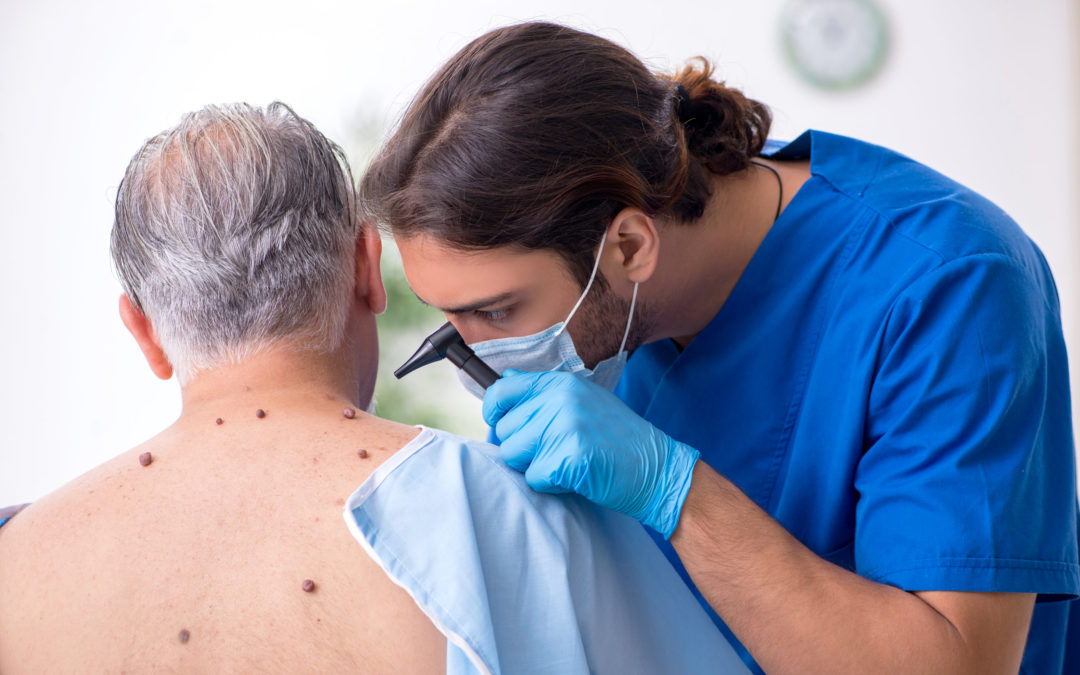Skin cancer is the most prevalent type of cancer in the United States and across the globe. Unfortunately, 1 in 5 Americans will develop skin cancer by the time they reach age 70. This makes preventative measures against skin cancer incredibly important.
Knowing the risk factors for skin cancer can help you better protect yourself against developing this condition. The main risk factors for skin cancer include:
Family History
A family history of skin cancer can increase your risk of developing the disease. Specifically, people with one or more immediate family members with skin cancer could have a higher risk.
Age
The risk of developing skin cancer increases as you age. This is probably caused by the accumulation of UV ray exposure over time. That said, young people can still develop skin cancer when they spend excessive amounts of time in the sun.
High UV Exposure
Those who spend a lot of time outdoors during the day, whether for work or for leisure, are more frequently exposed to UV light. This puts them at a higher risk of developing skin cancer.
Skin Tone
The risk of developing skin cancer is higher in Caucasians and those who get sunburns or freckles easily. People with red hair, blond hair, blue eyes, or green eyes are also at a heightened risk of skin cancer.
Gender
Men have around double the risk of developing basal cell carcinomas than women, as well as three times the risk of developing squamous cell carcinomas.
Previous Diagnosis
If you’ve previously been diagnosed with skin cancer, you’re at a higher risk of developing it a second time.
Moles
The majority of moles are benign. However, having many moles may heighten your risk of melanoma. Additionally, having moles that may look like melanoma, called dysplastic nevi, may increase your skin cancer risk.
For meticulous skin examinations, treatments for pre-cancers and sun damage, and other skin cancer services, schedule an appointment at The Bowman Institute today.

